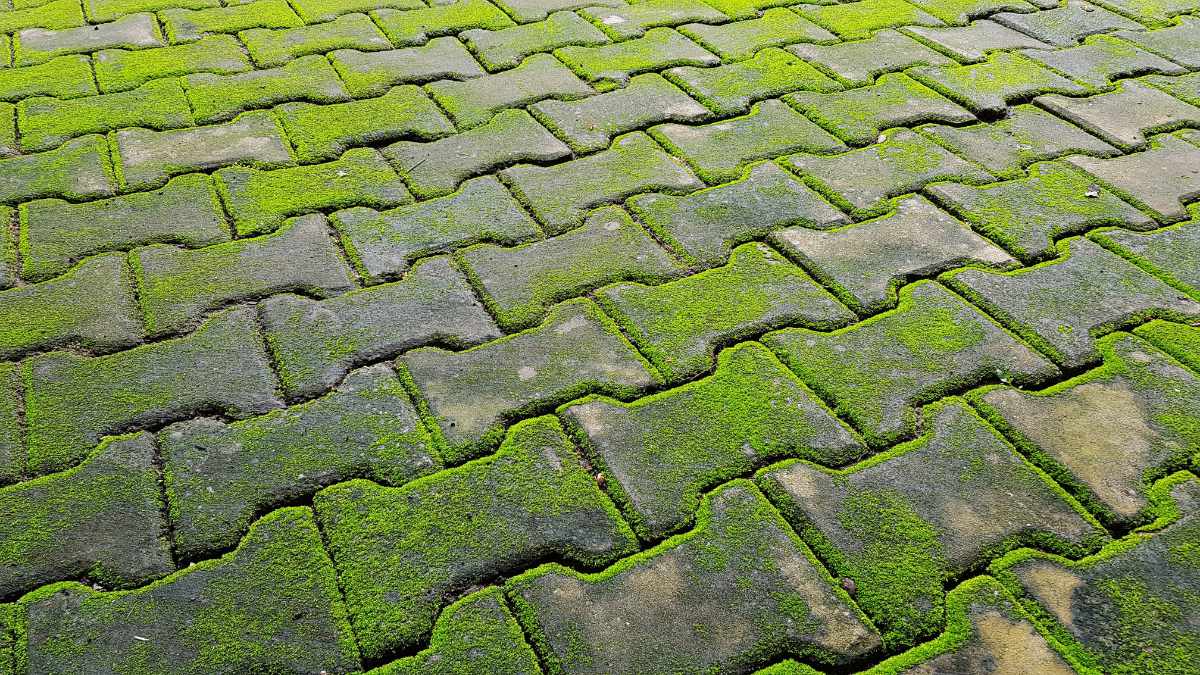Quality matters when hiring for a big project. Call a Five Star Rated professional now!
Butcher block countertops are stylish and functional but take more care than other counter materials. Not only do you need to wash and dry them after every use, but you should also reseal them every six months. Here is everything you need to know about how to seal butcher block countertops and cutting boards.
What Is Butcher Block?
A butcher block or butcher’s block is a durable chopping or cutting board. Once used in commercial butcher shops, it is a popular material for home cutting boards and countertops today.
Traditional cutting boards made from solid slabs of wood can warp and crack. However, butcher block is glued together from many smaller pieces of wood, preventing warping and cracks. It also has an exposed end grain that resists moisture and offers superior strength and durability.
Aside from their looks, the biggest advantage of butcher block countertops is that you can use them like a cutting board. They are great for anyone that loves to cook or enjoys entertaining.
Do You Have To Seal Butcher Block?
With regular care, butcher’s block countertops or cutting boards will last several lifetimes. However, they can warp, crack, or rot if not regularly cleaned and sealed.
Sealing butcher block countertops will keep them strong and resilient for decades. While this can take weeks or even months to get going, you only need to seal them every six months.
If you choose not to seal butcher block countertops, you will significantly reduce their life span. An unsealed butcher’s block will wear out faster than many less expensive counter materials.
What Do You Use When Sealing Butcher Block Countertops?
Oil-Based Sealants
An oil-based sealant is the safest option if you plan to use your butcher block countertops as a cutting board. There are two main types of oil sealants, evaporating and polymerizing. While they work differently, both are food-safe and will protect your countertops for years.
Evaporating oils saturate the wood fibers and form a protective layer that blocks bacteria and stains. However, these oils will eventually dry out and leave the wood unprotected.
Popular evaporating oils sealants for butcher’s block include:
- Coconut Oil
- Mineral Oil
- Walnut Oil
Polymerizing oils bond with the butchers block, sealing the wood pores against germs and stains. While they last longer than evaporating oils, polymerizing oils still break down.
Commonly used polymerizing oils include:
- Grape Seed Oil
- Jojoba Oil
- Linseed Oil
- Tung Oil
Only use food-grade linseed oil, as boiled linseed oil is toxic. Food-safe products are often labeled pure, raw, cold pressed, or unrefined. However, always read the warning label to ensure it’s safe.
It’s also worth noting that you cannot seal your countertops with just any oil. Cooking oils like olive or vegetable oils will go rancid and lead to smells, stains, or even mold.
Film Finishes
Film finishes are resin-modified oils that form a solid layer on top of the wood that accents the natural grain. However, they are not food-safe until fully cured. For some products, curing takes 30 days or more.
Still, you could eat small shavings of the sealant if you cut food on a film-finished butcher’s block. Although low, there is a risk of consuming potentially toxic chemicals.
Finishing films for butcher’s block include:
- Polyurethane
- Resin-Modified Oils, Like Woodlox
- Shellac
How To Choose the Best Sealant for Butcher’s Block?
Choosing the best sealant for your butcher’s block countertops depends on how you intend to use them.
Evaporating Oils – A great sealant option if you plan to use your countertops for food preparation when cooking. They are incredibly resilient when cutting, chopping, slicing, or mincing various foods.
Polymerizing Oils – A good option for a balance of style and functionality. You can cut and chop on a sealed butcher block, but use a cutting board for slicing and mining.
Film Finishes – The best option for highlighting the beauty of butcher’s block. It is safe to cut firm fruits and vegetables occasionally, but plan to use a cutting board for most of your food preparations.
How To Seal Butcher Block Countertops
Wash and Dry
Start by clearing your countertops, then wash them with hot, soapy water. Rinse with clean water, then wipe them dry with a microfiber towel. Allow them to air dry for at least an hour before proceeding.
Apply the Sealant
Next, apply the sealant that best fits your needs.
Evaporating Oils – Apply it directly to the butcher block surface and rub it in with a microfiber cloth. After buffing the oil in, wipe away any excess sealant with a clean, dry cloth. One coat of evaporating oil is enough to seal existing butcher block countertops. If you have new counters, repeat the process every day for a week. Then continue once a month for the first year.
Polymerizing Oils – Apply the sealant to a soft cloth and rub it into the surface of the butcher’s block. Then wait 15 minutes before buffing with a soft cloth. Repeat this process for three days, waiting 24 hours between each application.
Film Finishes – Follow the manufacturer’s directions on the label for application instructions. Most film finishes require at least two coats.
Allow the Butcher’s Block to Cure
No matter which sealant you choose, avoid using your butchers block countertops until fully cured. Evaporating oils cure in an hour, while polymerizing oils take 24 hours. Film sealants can take 30 days or more to cure. See the manufacturer’s directions for curing times.
How To Care for Butcher Block Countertops
If it’s been more than a year since you last sealed your butch block countertops, they probably need a little extra TLC.
- Clear everything from your countertops
- Wipe down the surface with a damp cloth
- Use a dough scraper to remove anything stuck on the countertop
- Remove colored stains with a magic cleaning melamine foam sponges
- Gently sand stubborn stains or rough patches with 180 grit, then 220 grit sandpaper
- Remove any remaining grit or grime with a tack cloth
- Apply the sealant using the application instructions outlined above
- Allow the countertops to cure fully before using
These steps will also work for restoring neglected butcher’s block cutting boards.
Tips for Caring for Your Butcher’s Block Countertops and Cutting Boards
- Choose one sealant. Mixing sealers or switching back and forth can create a sticky, uneven mess. If you need to change sealing methods, lightly sand the entire surface, then wash with hot, soapy water before resealing.
- If you are using film finishes, remember that they are only food-safe when completely cured. Read the instructions for your product thoroughly.
- Wash butcher’s block with hot, soapy water, then dry with a clean towel immediately after using to prevent stains, warping, and mold.
- Magic cleaning melamine foam sponges are great at removing colored food stains without scratching the surface. Gently wet the sponge, then scrub away the stain. Then wash with hot, soapy water and dry with a clean towel.

 Top Categories
Top Categories













